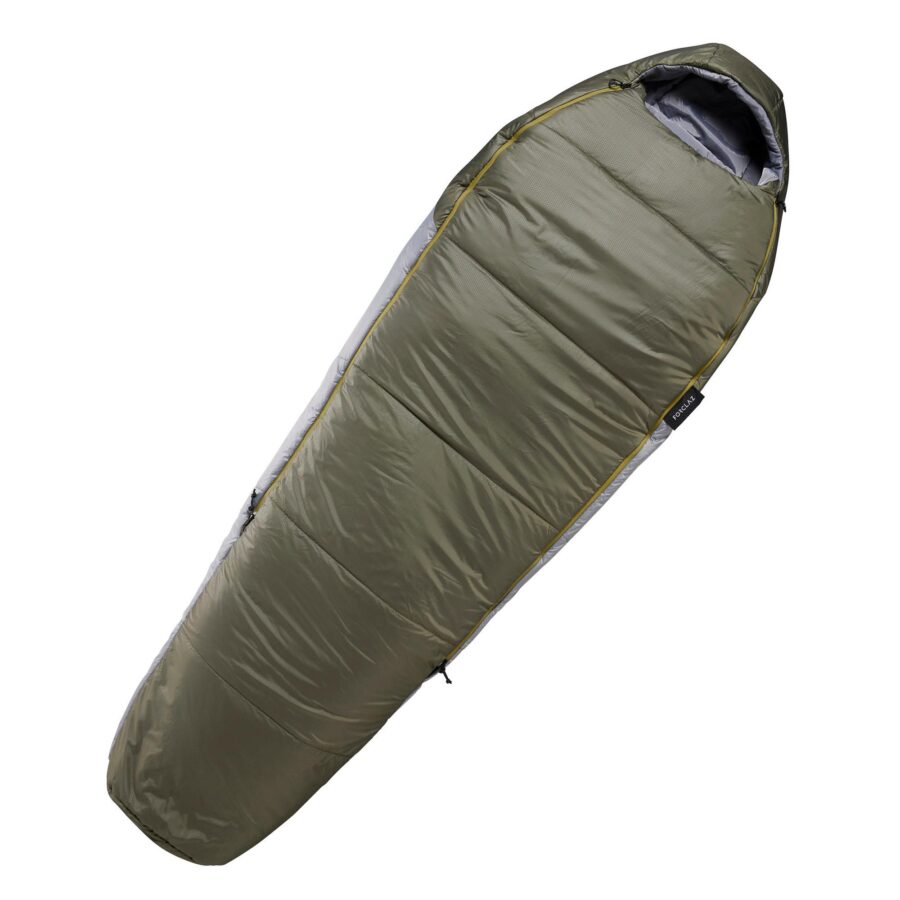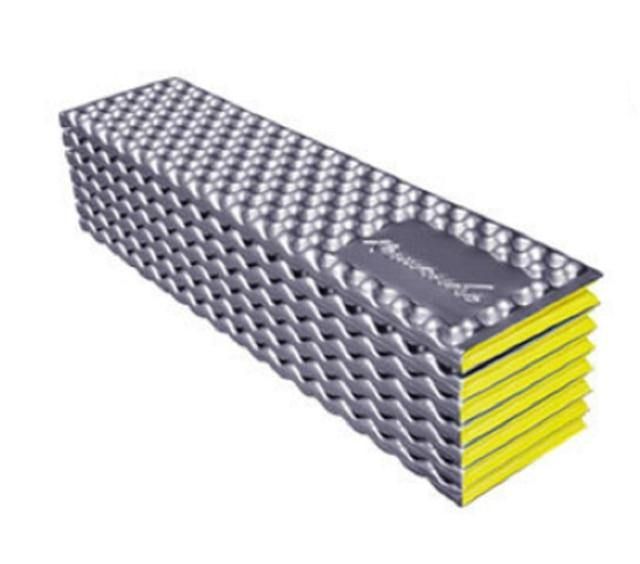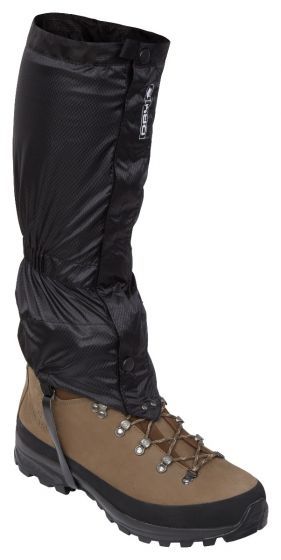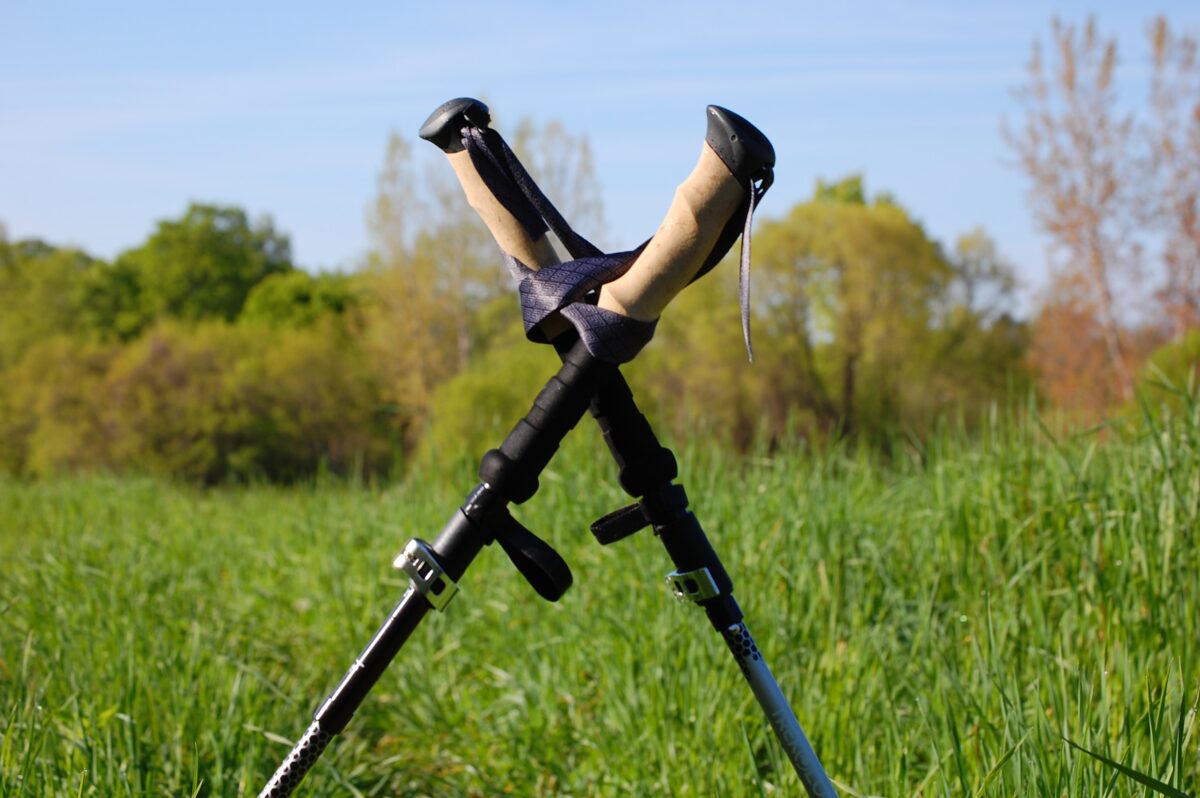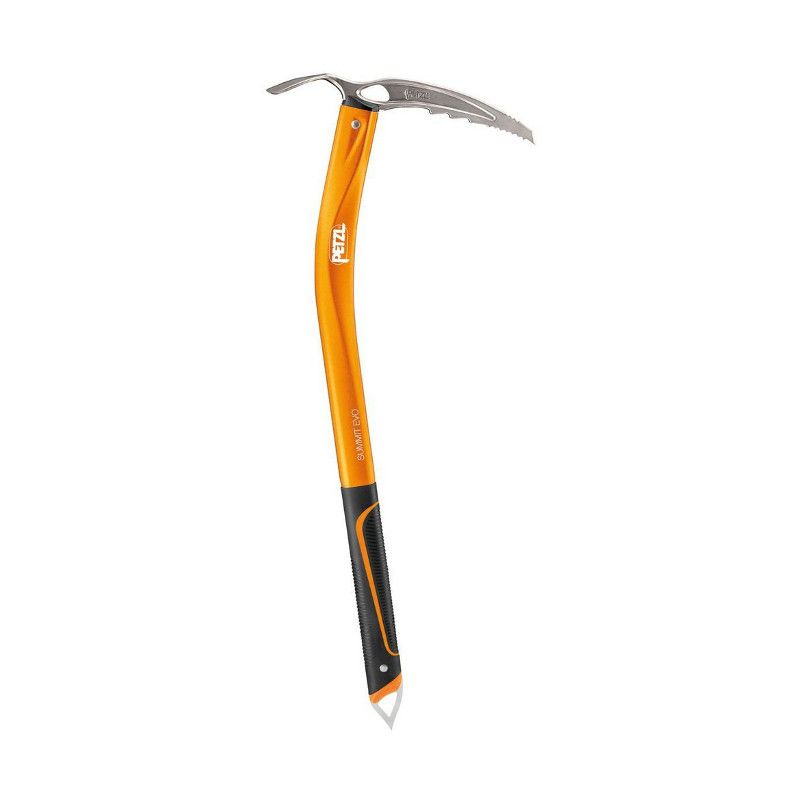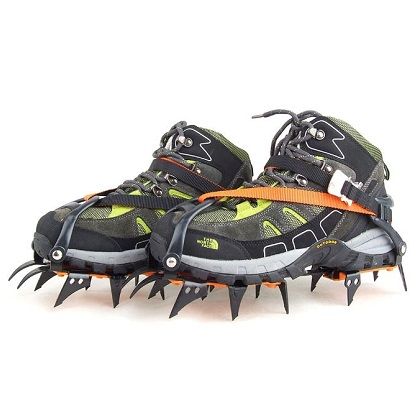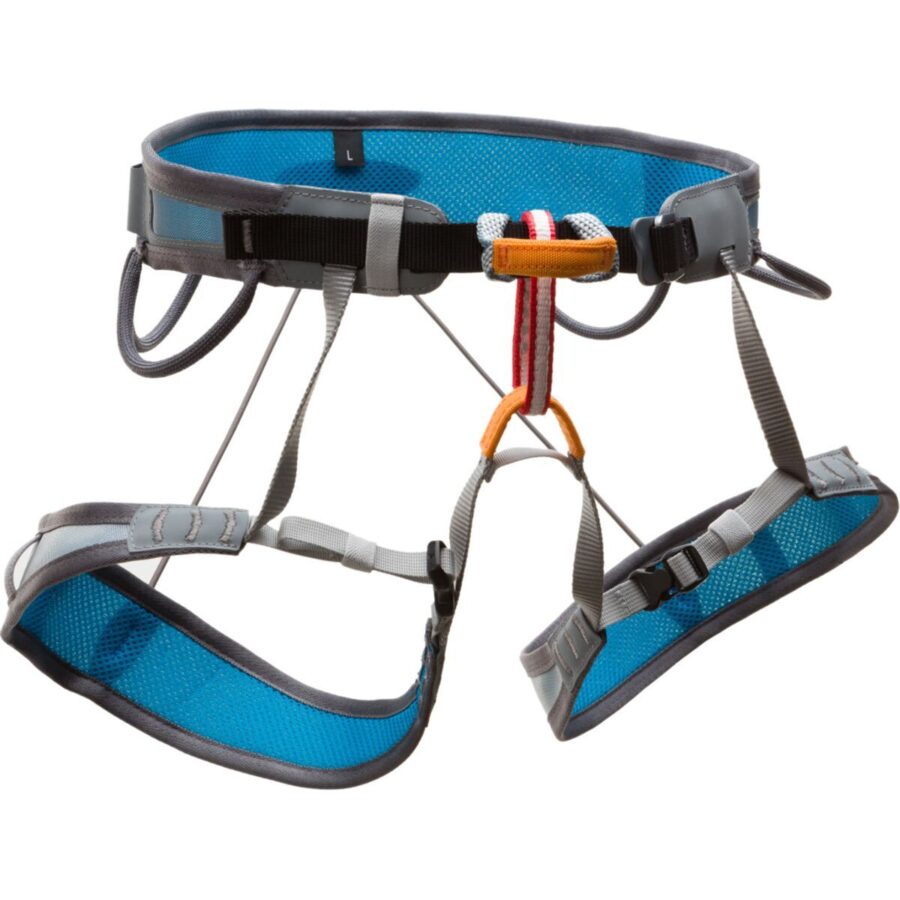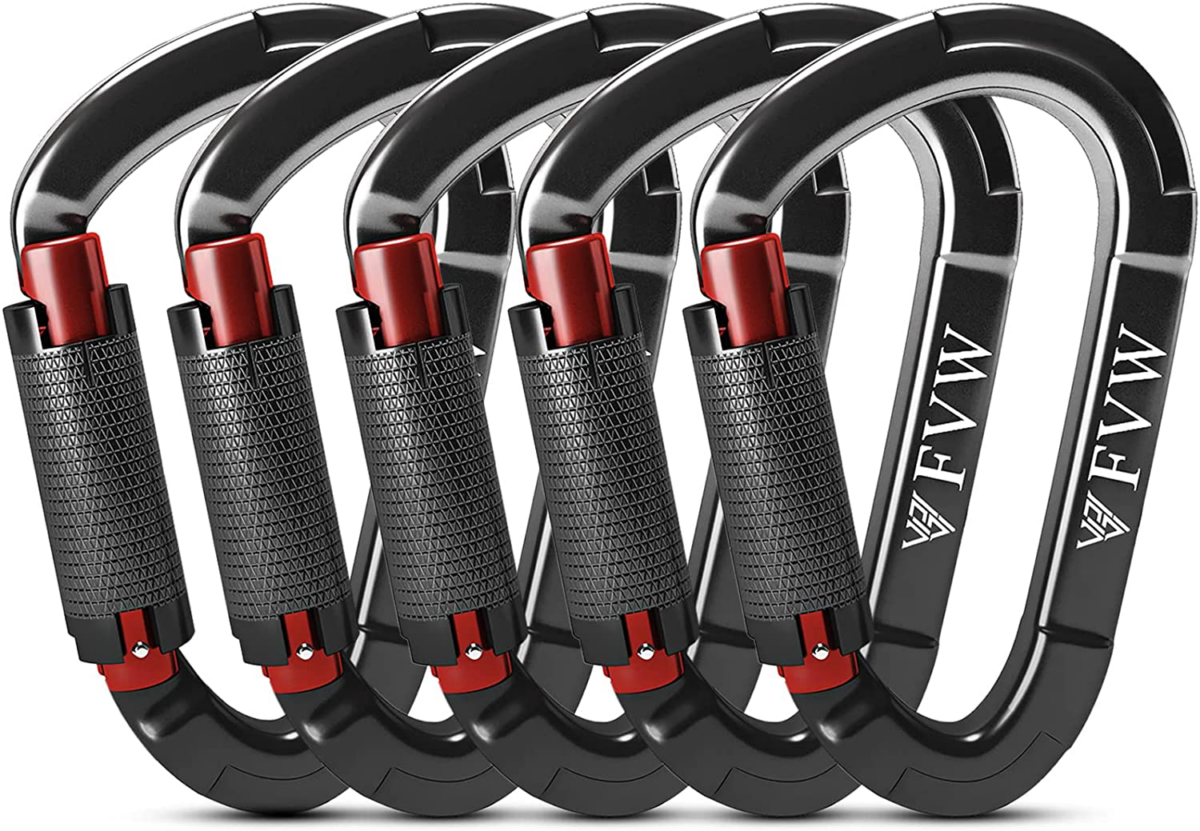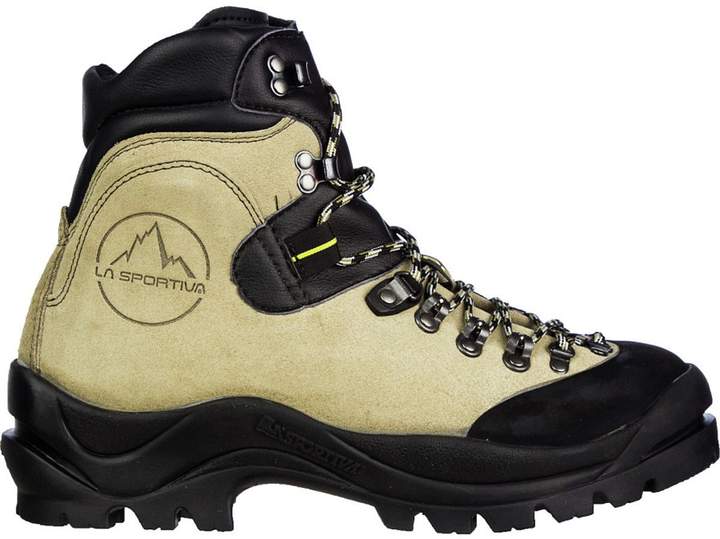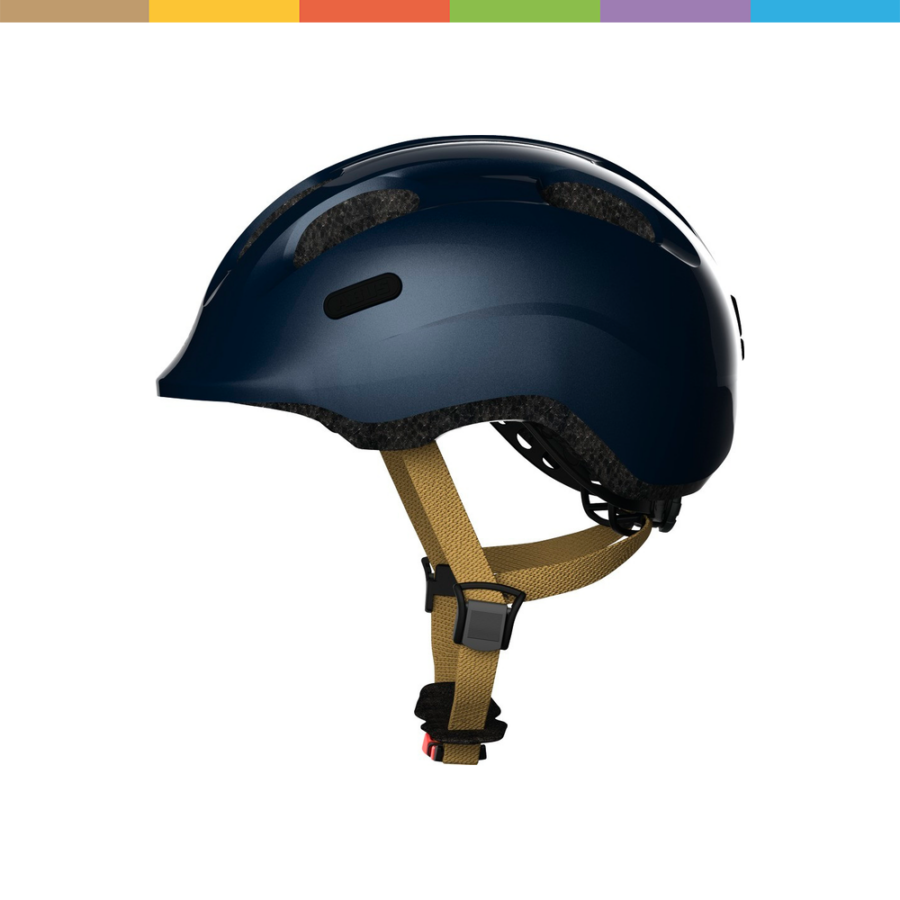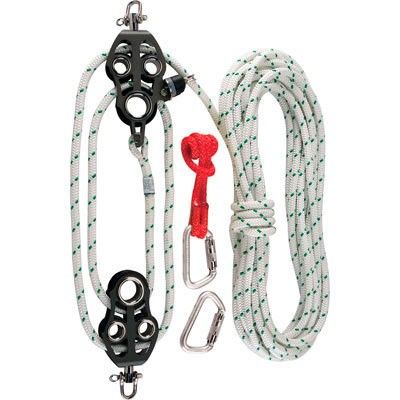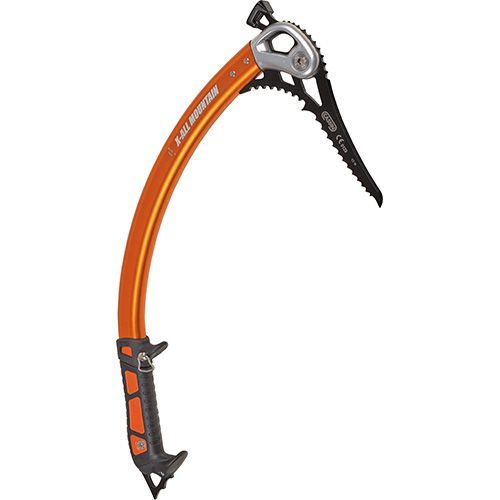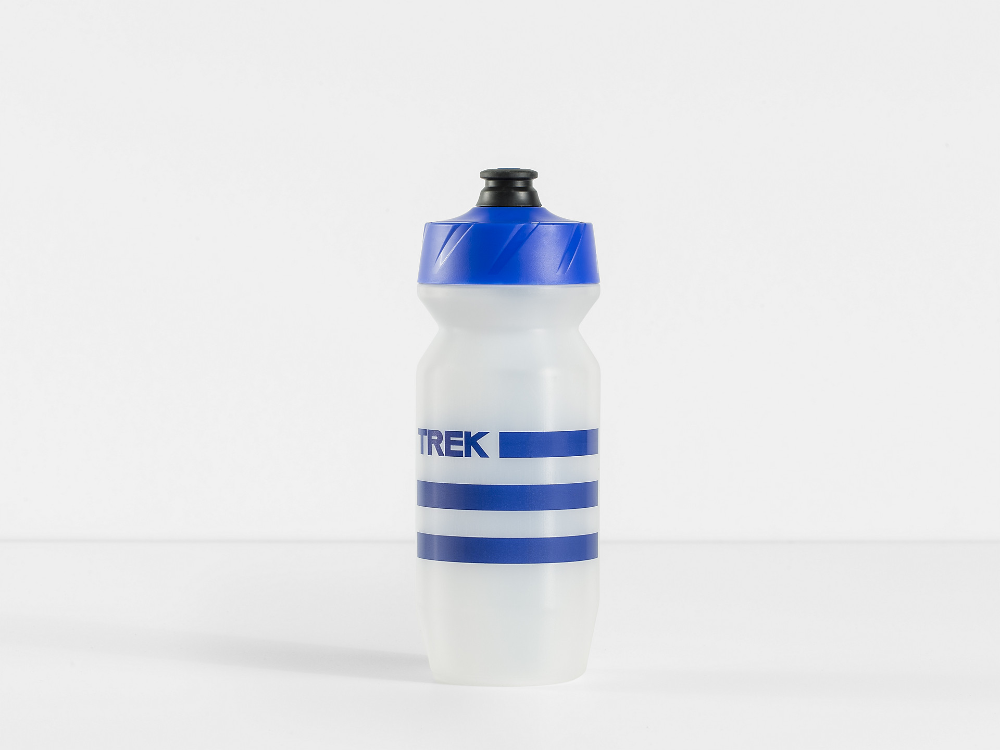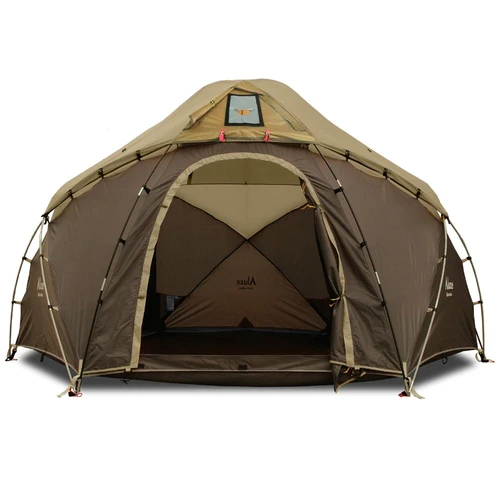Gear list for Trekking and Expedition.
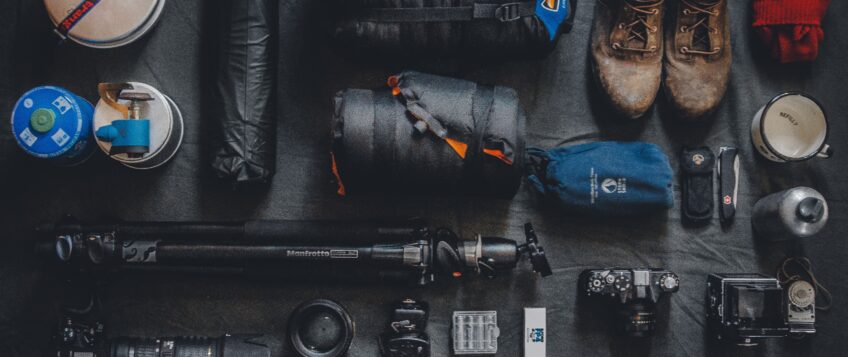
In this blog we will talk about the gears you should carry out while going to trek or expedition.
Generally packaging gears can be categorized in 3 levels:
Climbing Hardware: In this the actual climbing gear like carabiners, crampons, ropes etc. are included.
Clothing: This gear will be used any time at any given time when you step out of your door. This can be some over lap clothing gear.
General Gear: This include gears like which you will not wear. Gears like tent, sleeping bags, duffle pack, goggles, trekking poles, cameras, and so on.
Overall gears list:
Crampons.
Mountaineering axe.
Mountaineering boots.
Ropes.
Snow anchors.
Sunglasses.
Duffle bag.
Harness.
Warm Gloves.
Sleeping bag.
Head lamp.
Trekking pole.
Tent.
Water bottle.
Sleeping mattress.
Camera.
Carabiners.
Hat.
Gaiter.
Sleeping bag:
Any of your trek you need all 4 season sleeping bag rated at least zero degree. A full length side zip bag will give you ventilation even on warmer night. A cotton to the inner side of bag will give you extra warm feel on cold night.
Sleeping mattress:
There should be mattress in your bag pack to save you from cold ground while sleeping, you should have closed cell foam matt or you should consider more expensive self inflating thermoset matt.
Gaiters:
This is the garments primarily worn over the shoe and bottom of the pant or trouser leg. Gaiter is important piece of equipment it will save your feet from cold and from dry and snowy condition.
Trekking pole:
Trekking pole acts as another pair of limb to give stability while walking on high terrain. Poles can help you keep your balance when crossing swiftly moving water, traversing snowfields and ice patches, trekking along narrow ridgelines, and when going up or down hill on loose ground like sand or scree. Pole helps us to reduce strain on our joint while walking.
Ice Axe:
Ice axe is most prominent tool while climbing peak in Nepal. Axe is the most commonly used while doing ascending and descending along snow path. Along with that it can also use to improvise your anchor and balance while making a steep climb. Ice ax also plays a great role and best usable to stab at a point if any unexpected slips happen. Multi usable ice axe can be use which can be used as a walking stick.
Crampons:
The crampon is another most useful tool for mountaineering. Crampons are the metal plates fixed with spikes to set on the boot for an easy walk on ice and a slippery rocky path. Crampons are supposed with grappling hook. It is usable in many other situations such as passing glaciers, snowfields, and icy fields. It is also best for walking scale ice-smeared rock. Semi-Rigid constructed fixed horizontal Crampons are the best suitable types for peak climbing in Nepal.
Harness:
The harness is best fitting tool to keep you while climbing peaks in Nepal. Its best usable while climbing with the support of a rope or an anchor point. Any one should choose best fitting sit harness and make sure for no discomfort in the upper thigh and groin area.
Carabiners:
The carabiner is another essential tool for peak climbing. Carabiners are used for critical safety systems while mountain or peak climbing. It is a hand-to-hand multi-purposeful tool to hook up with rope-intensive climb. We recommend taking at least 4 carabiners- 2 locking’s and 2 unlocking for Peak climbing in Nepal.
Mountaineering Boots:
Plastic Mountaineering boot is another essential Mountaineering gear to check out. While selecting boots, most consider matching up and fitting with Crampons. A better combination of boot and crampon makes more comfort while walking or climbing. Plastic Mountaineering boots allow every climber to take their feet drier. It also helps to reduce some foot complications such as Frostbite.
Helmet:
Helmet is also the most essential peak climbing tool. It protects everyone from chilly winds and snowfalls as well as protects while falling from or slipping down from the height. It seems trivial, but the helmet must be an essential component of your packaging list, and would certainly keep you safe from any head injuries that could ruin your entire trip. Better safe than being sorry.
Rope:
Rope is a more essential tool while peak climbing. The tough and hard snowfield of Himalayan required the support of rope to ascend or descend. Either static or dynamic rope both play a major role in support while trekking.
Ice Hammer:
Although an ice hammer is not required all the way, an Ice hammer is used to break hard snow and ice. Sometimes it requires more power to strike a snow bar or break the iceberg and in that time, the ice hammer is so supportive.
Water bottle:
You will generally need to bring at least one-litre water bottle on a mountaineering trip. Some guides may ask you to bring more. Most guides recommend bringing a wide mouth and insulated water bottle. Both the insulation and wide mouth help to prevent the water from freezing inside. The wide mouth may also be used as a pee bottle in case of emergencies.
Tent:
It is a shelter consisting of sheets of fabric or other material draped over, attached to a frame of poles or attached to a supporting rope. While smaller tents may be free-standing or attached to the ground, large tents are usually anchored using guy ropes tied to stakes or tent pegs.
Post a comment
You must be logged in to post a comment.


